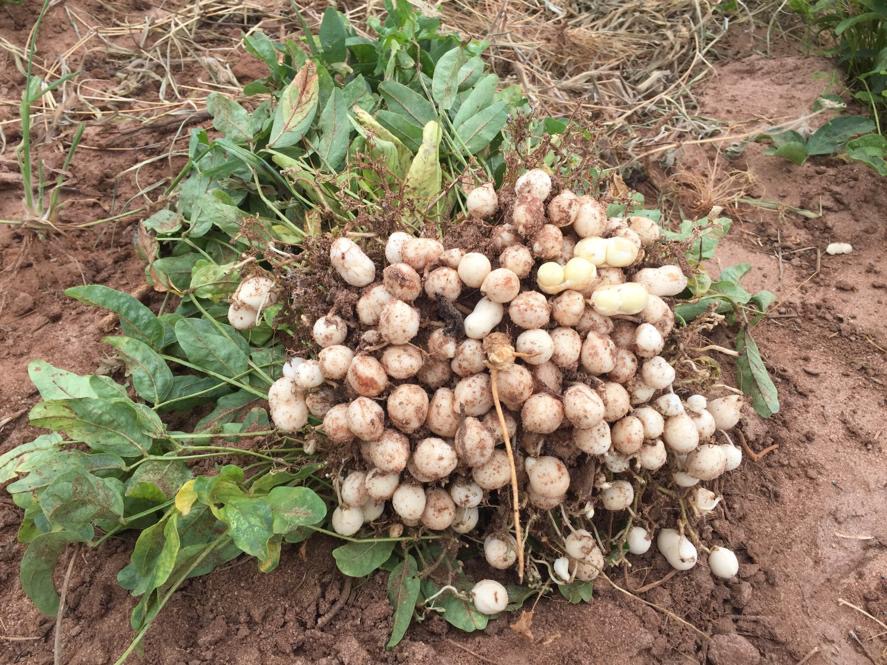
October 6, 2023, by pczmj
Including unexploited novel high protein crops in the alternative protein revolution
This blog is by Professor Festo Massawe the University of Nottingham Malaysia.
The global plant-based proteins market is estimated to reach $162 billion by 2030 (Bloomberg Intelligence, 2021). North America and Europe are the largest markets, with the Asia-Pacific region set to be the fastest growing plant-based protein market in the coming years. The current data on plant-based proteins market largely represent trends in developed countries and not developing countries across the globe, which are at different stages of the nutrition transition.
In developed countries, consumers are opting to move to plant-based proteins for health, environmental and ethical reasons, supported by innovation, advances in isolation and processing technologies and a growing awareness and availability of plant-based proteins. In low-income countries especially those currently transitioning to middle and higher income, people aspire to move away from plant-based diets towards meat diets for socio-economic and cultural reasons. To some of these populations, meat consumption symbolises wealth which can be explained by the high costs of meat.
Yet, these countries still experience the highest protein deficiency in the world and proteins from all sources are needed to fill the gap. Although plant proteins remain the more affordable and accessible high quality plant protein sources, processing technologies to create and maximise value are limited. By large, people get their daily protein needs from crops such as maize, wheat, and rice, which are part of the global food system but not tailored towards protein.
Overall, there is a large market opportunity for plant-based proteins globally. To fully capitalise on this opportunity and to ensure high-quality proteins are available, accessible, and affordable for everyone, we need to address challenges around scalability and the diversity of primary raw materials. Scaling beyond the current dominant markets to capture new markets will require a deeper understanding of global protein needs and food system challenges, especially in populations already reliant on plant-based diets for most of their calories and yet these same populations experience the highest protein deficiency in the world.
“Inclusion of unexploited novel high protein crops in the protein transition could foster a more equitable and sustainable future and make a mix of good quality protein accessible for everyone.”
The transition to plant-based proteins must address not only the nutritional aspect but also the social, economic, and environmental challenges facing the current food system. Some of these challenges can be addressed through research for development and promotion of underutilised plants to make a wider variety of crop plants available for use in food innovations. We currently rely on only a few plant species (soybean, pea and wheat) for most of our current plant-based protein innovations, leaving behind a treasure trove of protein rich crops such as Bambara groundnut (a drought tolerant crop) and winged bean (a high protein crop popularly known as a “supermarket on a stalk” or “one species supermarket”), just to name a couple.
Our research has shown that these species are not only rich in good quality protein but also locally available and adaptable to local conditions – good for people and the planet. Increasing the production and consumption of these novel high protein crops will require significant changes in our current global food system including encouraging local production of adaptable crops and processing of plant-based protein sources to create employment opportunities and support local economies. These changes will require concerted efforts and the support and collaboration of many stakeholders including policymakers and industry to strengthen local food systems.
No comments yet, fill out a comment to be the first


Leave a Reply